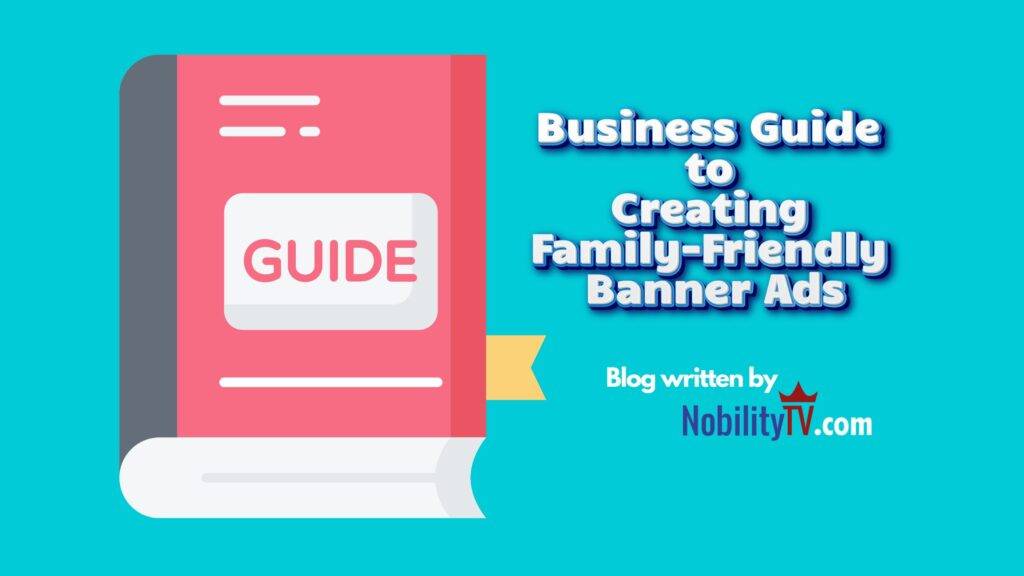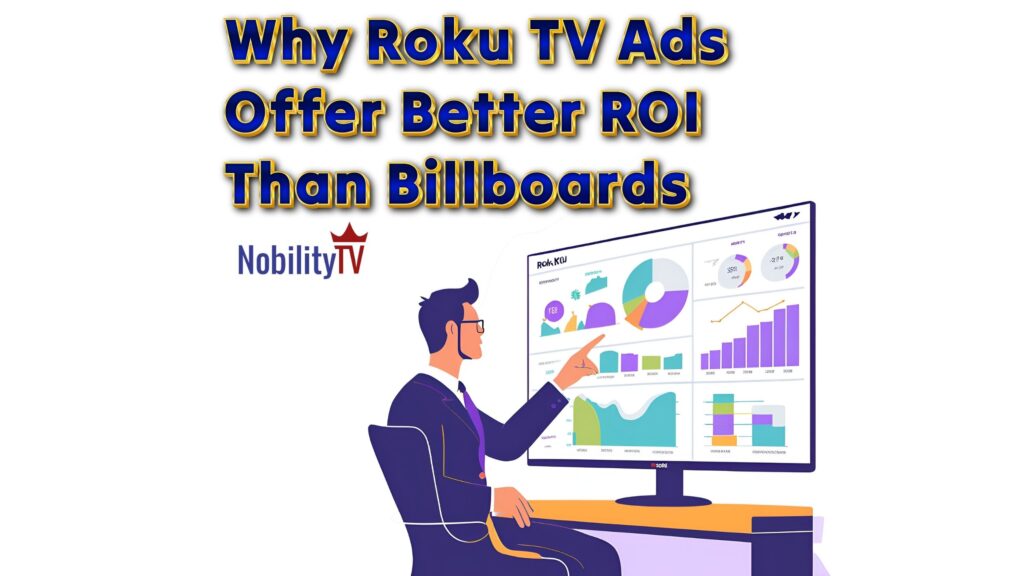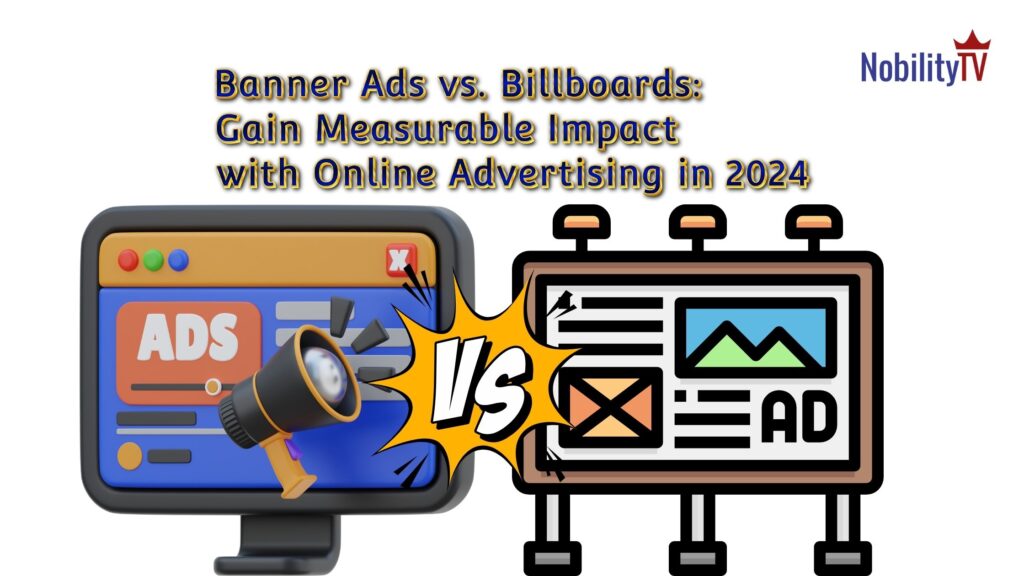
Guide to Creating Family-Friendly Banner Ads
In today’s competitive market, appealing to families is more important than ever. Brands increasingly recognize the value of targeting this diverse and influential demographic. Crafting family-friendly banner ads can bridge the connection between businesses and family-oriented consumers. Doing it right means understanding what resonates with parents and kids—balancing creativity with values that align with family life. Whether it’s a subtle nod to the everyday challenges parents face or a colorful, engaging design that captures a child’s imagination, effective banner ads speak directly to the heart of the family unit. This Guide to Creating Family-Friendly Banner Ads will guide you through key strategies to ensure your banner ads hit the mark by delivering value and forging lasting impressions.
Understanding Family-Friendly Advertising
In today’s world, advertising that resonates with families is not just considerate—it’s essential. Family-friendly advertising serves as a bridge to connect with a broader audience by considering the tastes, values, and concerns of families. Let’s explore what makes an advertisement family-friendly, the benefits it provides, and what appeals to families.
Defining Family-Friendly Advertising
Family-friendly advertising is characterized by its inclusivity and respect for family values. These ads steer clear of controversial or inappropriate content that might not sit well with families. According to Google’s Advertising Policies, ads targeting children or family audiences must meet specific criteria to avoid being deceptive or unfair.
Key Characteristics of Family-Friendly Advertising:
- Appropriate Content: Avoids content that may be offensive or unsuitable for children.
- Positive Messaging: Promotes positivity and often incorporates themes of unity, love, and support.
- Clear Communication: Ensures that the language and visuals used are understandable by all age groups.
 Photo by Karolina Kaboompics
Photo by Karolina Kaboompics
The Benefits of Family-Friendly Advertisements
Crafting ads with a family-friendly approach can offer numerous advantages to businesses. These ads are not just about avoiding controversy but building a brand that families trust and return to. This fosters customer loyalty and enhances brand image.
Benefits include:
- Increased Trust: Family-friendly brands are viewed as trustworthy and reliable, which enhances customer relationships.
- Broader Appeal: Such ads can attract a diversified audience, including children, parents, and even grandparents.
- Positive Brand Perception: Aligning with family values can lead to a favorable brand image and strengthen public relations.
According to Driver Studios, family-centric ads can strengthen connections by tapping into shared family experiences and emotions, creating a lasting impression.
Target Audience Insights
Understanding your audience is crucial in any marketing campaign, especially when targeting families. Families define a diverse demographic, with varying interests and needs that evolve over time. However, certain elements consistently appeal to them during advertising.
Family Demographics and Preferences:
- Varied Age Groups: Families often include different age groups, from young children to adults, requiring versatile messaging.
- Family-oriented Products: Items that enhance family life, such as educational tools, entertainment, and family travel, garner interest.
- Values and Lifestyle: Many families prioritize sustainability, education, and well-being in their purchasing decisions.
Insights from GreatSchools indicate that understanding these elements helps businesses craft messages that resonate with family values and ways of life. By aligning with these insights, businesses can target the right audience effectively, ensuring their messages don’t just land, but matter.
Creating Effective Banner Ads
Designing effective banner ads that capture the attention of families is both an art and a science. These ads need to resonate with diverse family units by focusing on safety, inclusivity, and engaging content. Let’s explore some key strategies for developing family-friendly banner ads.
Choosing the Right Visuals
When it comes to banner ads, visuals are the gatekeepers of attention. Selecting the right images, colors, and overall design can make your ad stand out in a sea of content. Colors can evoke emotions and influence perceptions—warm colors like red and orange can grab attention, while cooler colors like blue might convey trust and stability, essential for appealing to family values.
- Images should be relatable and reflect the diversity of modern families. Avoid overly generic stock photos, and instead, choose images that feel authentic and dynamic.
- Design elements should be simple yet captivating. Avoid clutter and use whitespace effectively to lead the viewer’s eyes toward the main message or call-to-action (CTA).
- Consistency across your brand’s visual identity ensures that your ads are recognizable, establishing brand trust.
For in-depth banner design inspiration, check out this guide on banner design.
Crafting the Message
The message of your banner ad should speak directly to families’ hearts. Focus on themes of safety, fun, and inclusivity to resonate with broader family audiences.
- Safety: Highlight features or products that ensure family safety. Use language that assures parents and guardians.
- Fun: Incorporate elements of fun, as engaging families often means appealing to children and parents alike.
- Inclusivity: Use inclusive language and imagery to reflect the diverse nature of families today. This can enhance connection and trust with your audience.
Learn more about creating compelling messages with this banner ad creation guide.
Incorporating Call-to-Actions
Your ad’s CTA is the final push to engage viewers. Here are some examples of effective CTAs that can drive engagement from family audiences:
- “Join the Fun Today!”
- “Keep Your Family Safe with Us”
- “Explore More Family Deals”
These CTAs are bright and active, providing clear next steps that encourage families to interact with your brand.
To see successful banner CTA strategies in action, this article on banner advertising offers valuable insights.
Ad Placement Strategies
Finding the right place for your banner ad can dramatically affect its performance. Consider platforms that families frequently visit to ensure your ads reach the intended audience.
- Social Media Platforms: Platforms like Facebook and Instagram have broad family audiences and offer targeted ad placements.
- Family-focused Websites: Websites or forums dedicated to parenting or family-related content can be highly effective.
- Mobile Apps: Many families use apps for entertainment and organization. Placing ads in popular family apps can increase visibility.
Explore more about effective ad placements in this banner design article.
By implementing these strategies, businesses can create banner ads that not only capture attention but also build meaningful connections with family audiences. These thoughtful design and messaging choices ensure that the ads not only stand out but also resonate with audiences on a personal level.
Testing and Optimization
Creating family-friendly banner ads that truly connect with your audience requires ongoing testing and optimization. It’s not just about aesthetic appeal; it’s about finding what resonates with families and encourages them to engage. So, how can you ensure your banner ads are hitting the mark? By employing strategies such as A/B testing and analyzing engagement metrics to refine your approach precisely.
A/B Testing Your Ads
A/B testing, also known as split testing, is a powerful tool that allows you to compare different versions of your banner ads to see which one performs better. This method involves changing one element of your ad at a time, like the headline, image, or call-to-action, and measuring which version attracts more clicks or conversions.
Here’s a simple way to get started with A/B testing:
- Select a Variable to Test: Choose a single element of your banner ad to change, such as the call-to-action or image.
- Create Two Versions: Develop two versions of your ad—one with changes and one without.
- Run Both Versions Simultaneously: Display both versions to a similar audience at the same time.
- Analyze the Results: Use metrics like click-through rate (CTR) or conversion rate to determine which version performs better.
For more detailed strategies on A/B testing banner ads, Bannerflow offers comprehensive guidance on optimizing audiences, segments, and timing.
 Photo by Karolina Kaboompics
Photo by Karolina Kaboompics
Analyzing Engagement Metrics
To understand the impact of your family-centered banner ads, analyzing engagement metrics is crucial. These metrics go beyond simple clicks to see how your audience interacts with your ads, providing valuable insights into their effectiveness.
Here are some key metrics to track:
- Click-Through Rate (CTR): Measures how often people click on your ad after seeing it. A higher CTR indicates that your message or design resonates well with the audience.
- Conversion Rate: This tells you the percentage of users who took a desired action after clicking your ad, such as signing up for a newsletter or making a purchase.
- Engagement: Includes actions like shares, comments, or interactions, showing how your ad encourages user participation.
By examining these metrics, you can adjust your ads to better meet the needs and preferences of your family-oriented audience. For a deeper dive into engagement metrics, Medium’s article on Beyond Clicks provides an in-depth look at how to measure active user interaction effectively.
Understanding and leveraging these methods will help your business create banner ads that not only attract attention but truly engage family demographics with genuine impact, setting the stage for more effective advertising campaigns.
Case Studies of Successful Family-Friendly Ads
Crafting family-friendly ads requires a specific blend of creativity, relatability, and empathy. The best campaigns resonate with both children and adults, delivering a message that’s both engaging and heartfelt. Let’s explore some brands that have hit the mark with their family-friendly banner ads.
Brand Example One: Legos’ Approach to Family-Friendly Advertising
 Photo by Valeriia Miller
Photo by Valeriia Miller
Lego has long been a favorite in family households, but their advertising strategies are what keep them relevant and adored across generations. Lego’s ability to inspire creativity among children while involving parents in playtime has been phenomenally successful.
- Interactive Play in Ads: Lego often incorporates interactive elements in their ads, showcasing how families can build together, encouraging bonding and creativity.
- Inclusivity and Diversity: Their campaigns feature diverse families, ensuring every child and parent sees themselves represented.
- Storytelling: Using narratives that highlight imagination and family togetherness, Lego ads often tell heartwarming stories that appeal to the emotions.
These strategies effectively establish an emotional connection with their audience, positioning Lego as not just a toy, but a tool for family bonding.
Brand Example Two: McDonald’s Strategy and Outcomes
McDonald’s has always been a pioneer in family-friendly marketing. Their “Happy Meal” concept is a testament to targeting families successfully through creative advertising.
- Happy Meal Campaigns: By including toys in meals, McDonald’s bridges the gap between food and fun, making dining out a family event.
- Community Engagement: They often run campaigns that support local families and communities, aligning the brand as a family supporter.
- Children’s Activities and Promotions: Incorporating interactive games and family events in their marketing helps to engage children and create memorable experiences.
These ads are not just about selling a product but creating a brand image that is fun, reliable, and family-centric, strengthening loyalty among customers.
Exploring these case studies offers profound insights into what makes a family-friendly ad campaign successful. These companies show that understanding the family dynamic and tapping into a collective family experience can create impactful advertising that resonates deeply.
Key Takeaways of this Guide to Creating Family-Friendly Banner Ads:
- Prioritize Inclusivity and Safety
Family-friendly ads should be welcoming. Consider all age groups, ensuring the content is appropriate and inoffensive. Ads that make everyone feel included are not just seen, they are remembered. - Focus on Family Values
Ads that celebrate family moments resonate more deeply. By tapping into shared experiences such as family gatherings or playful moments, you craft a narrative that feels personal yet universally appealing. - Keep It Simple and Clear
Clear messaging is vital. Avoid cluttering your ads with too much information. Simple, strong messages are more memorable and effective, especially when targeting families. - Build Trust with Honest Messaging
Authenticity goes a long way in gaining consumer trust. Be truthful in your advertising; families appreciate transparency and honesty. - Include Engaging Visuals
Visuals play a key role in capturing attention. Use vibrant, engaging images that appeal to all family members. A picture can say a thousand words, especially in a digital format.
These strategies can help your business not only reach a wider audience but also foster a sense of community and trust. To delve deeper into family-friendly marketing strategies, check out Family-Friendly Marketing Strategies for the Digital Age.
When you create banner ads with families in mind, you’re not just advertising a product; you’re inviting families to be part of your brand story. Keep these principles in mind as you design your next campaign, and you’ll likely see more engagement and build a loyal customer base. If you need more insights, Banner Ads 101: Basics and Best Practices offers excellent guidance on creating effective ads.
Check more of our blogs
If this article is helpful, let’s chat about personalizing your digital marketing with Nobility TV.
Conclusion
This Guide to Creating Family-Friendly Banner Ads is crucial for businesses aiming to engage audiences in a meaningful and responsible manner. These ads aren’t just about reaching more eyeballs; they are about building trust and forming connections with families who share your brand’s values. When done right, family-oriented advertising can create lasting impressions and drive loyalty.



